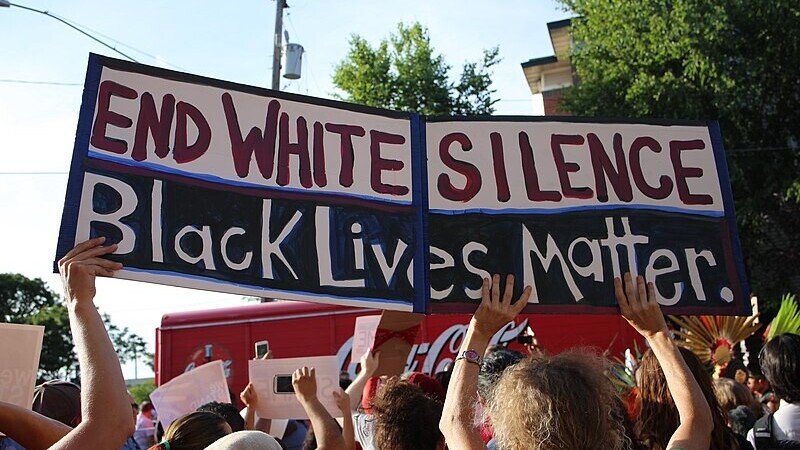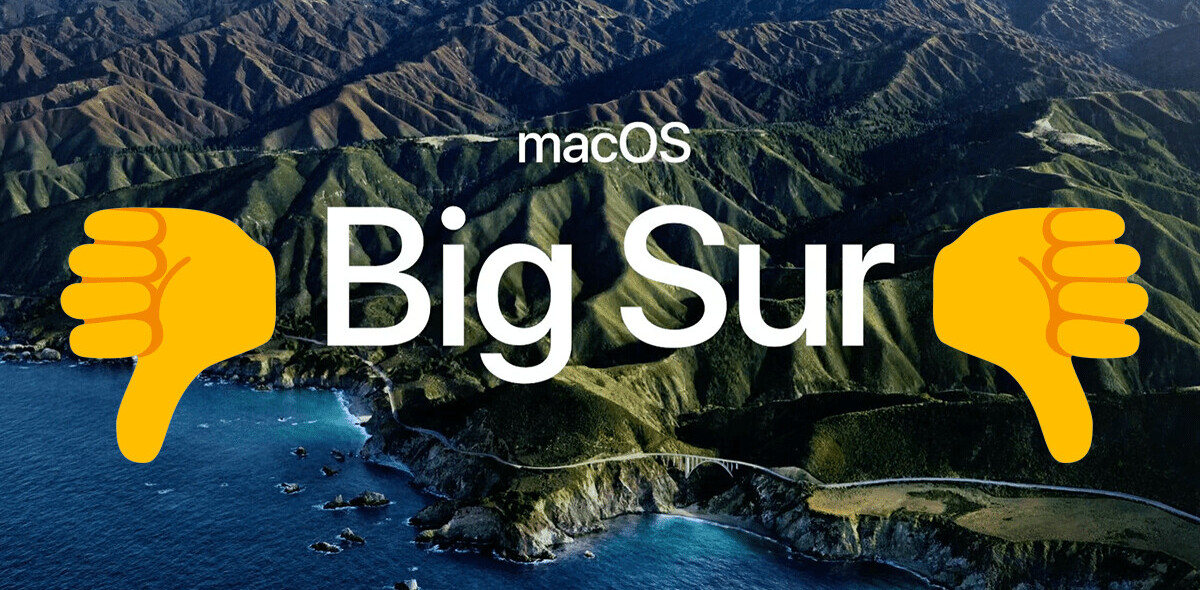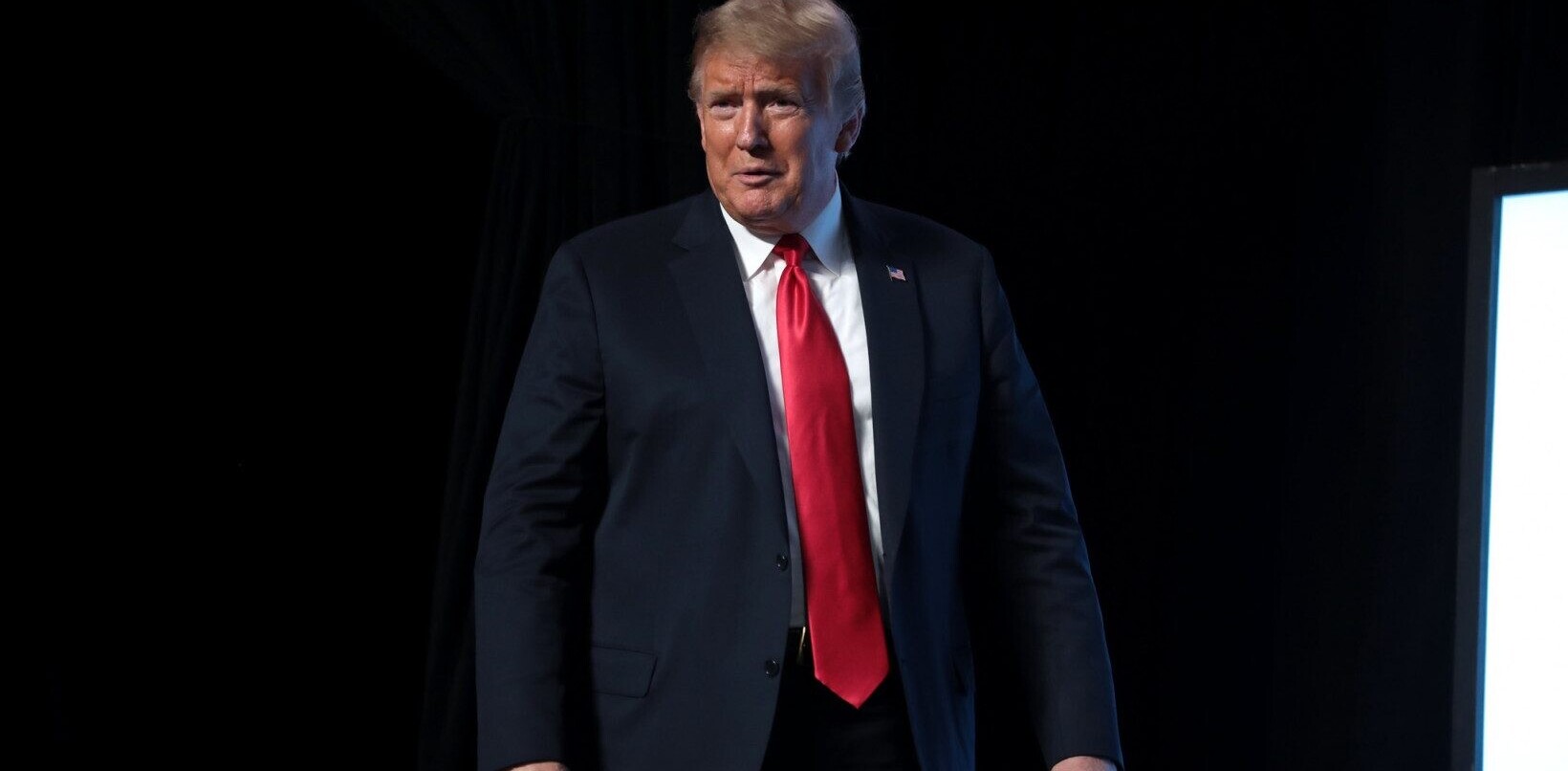Protesting in the United States, and in many countries around the world, is a legally protected right — theoretically. But digital surveillance is increasingly being exploited by law enforcement to identify protestors, and threaten privacy, free speech, and due process in the name of crime prevention.
As Andy Greenberg and Lily Hay Newman wrote for Wired, “You should assume that any digital evidence that you were at or near a protest could be used against you.” Such surveilling methods now include the use of facial recognition, license plate scanners, and predator drones. Officers have also been using smartphones to monitor and build cases against protestors.
Evan Greer, the Deputy Director or Fight for the Future, a collective of artists, engineers, activists, and technologists channeling internet outrage into political power, tweeted an incredibly useful thread on surveillance self-defense over the weekend.
THREAD: trying to figure out how i can be helpful. Here's one thing: it's clear the government is bringing the full force of the surveillance state to monitor these uprisings. Here are some basic steps you can take to protect yourself and your loved ones if you're in the streets.
— Evan Greer (@evan_greer) May 31, 2020
We’ve included her points and expanded on others from Surveillance Self-Defense (SSD) below. While not foolproof, here are some important first steps to keeping yourself and others secure during a protest.
1. Leave your phone at home
While this may not be an option for many, a very serious first consideration is whether to leave your smartphone at home. Smartphones are important for communication, but signals are often spotty during mass protests, rendering them all but useless.
And more importantly, law enforcement can glean personal and identifying information, such as your mobile subscriber identity number and which cell towers you’ve connected to, revealing your location. Law enforcement has also been using IMSI catchers, or stingray devices, which can impersonate cell towers and trick phones in a certain area to connect to them.
If you do need to bring a phone, consider a burner phone, or keep your smartphone off until you need to use it, as this limits the time it could connect to IMSI catchers or Wi-Fi hotspots used by law enforcement.
Harlo Holmes, director of newsroom security at the Freedom of the Press Foundation, told WIRED that she uses and recommends the Mission Darkness Faraday bag, which blocks radio communications.
2. If you have to bring it, change your phone password
As Greer points out, “your phone and the information on it is the cops’ best friend, and that’s the most important thing to protect.” The first step is choosing a long password — one that includes numbers and letters. Please don’t pick “password.”
Also: skip biometric locks! Besides being less secure than PINs and passwords anyway, you’re far less likely to be forced to give up a password to a cop than handing over your hand.
If you’re unsure how to set a strong password up on your smartphone, check out the guide for iPhone here and Android here.
However, if you insist on keeping a biometric unlocking method, many phones have emergency functions to disable it:
“Hold the wake button and one of the volume buttons simultaneously on an iPhone, for instance, and it will lock itself and require a passcode to unlock rather than FaceID or TouchID. Most devices also let you take photos or record video without unlocking them first, a good way to keep your phone locked as much as possible,” writes Wired.
If you’re looking to brush up on your password game in general, the Electronic Frontier Foundation’s Surveillance Self-Defense (SSD) has a definitive guide on what makes an extra strong one here.
Finally, make sure you limit what information is shown on your locked screen. Most smartphones allow you to control how much of text messages and emails are shown while your phone is locked.
3. Encryption is key
Even when using a burner phone, traditional calls and texts open you up to surveillance. Make sure to use end-to-end encrypted messaging services, like Signal, Telegram, WhatsApp, Wire, or Wickr to communicate with other protestors.
Encryption works differently on Androids vs. iPhones — iPhones are encrypted by default if you’ve set a strong password, but Android users need to make this change in their Security settings and turn Encrypt Disk option on.
If you’re not really sure what encryption is, or how it works, read Surveillance Self-Defense’s beginner’s guide here and check out their short video below:
P.S. Here’s a reminder to backup your data! As Greer points out, if your phone is confiscated, this could mean a headache:
Make sure your data is backed up. This is less about security and more about avoiding a huge headache. If the cops confiscate your phone, it could be a while before you get it back. Make sure you have a backup plan for contacting people, 2 factor auth on essential accts etc
— Evan Greer (@evan_greer) May 31, 2020
4. Social media usage
Posting photos and videos of protests is tempting for many reasons — it’s a show of solidarity, and a tool for spreading news and holding law enforcement accountable. But, as Greer writes, documenting images where people’s faces are visible puts them at risk.
Posting video or livestreaming at protests gets complicated. It's important to document what is going on. It can also put people at risk. Just remember that everything you post online can and will be used by the police to target people. Think carefully before you record or post.
— Evan Greer (@evan_greer) May 31, 2020
Allie Funk, a research analyst at the pro-democracy group Freedom House, told WIRED: “People should be very cautious when they’re sharing certain information online like videos and pictures of fellow protesters. We know many police departments and other federal agencies have been monitoring platforms.”
If you do have an image or video you’d like to post that shows another easily identifiable protestor, get their permission before posting publicly.
Furthermore, photos often contain metadata which can reveal the time and location of when and where they were taken. While much slower, the easiest way to strip the metadata, as Greer points out, is by transferring it first to your computer, screenshotting it, and then posting the screenshot.
If you’d like to learn more about why controlling your metadata is important for your security, SSD has a primer here.
5. Cover your face
To shield yourself from law enforcement cameras and drones — and COVID — cover up:
Face coverings. Obviously you should be wearing a mask anyway because of the pandemic. But if you are concerned about being identified by police cameras or drones, you should also wear sunglasses, or a mask that obscures as much of your faces as possible.
— Evan Greer (@evan_greer) May 31, 2020
6. Walk or bike to the protest
Buzzfeed reported Minneapolis police have been using Automatic License Plate Readers (ALRPs), which make it easy for them to identify onsite protestors.
Greer recommends leaving the car in the garage:
Police are using Automated License Plate Readers (ALRPs) to track people's movements in the vicinity of these protests. Know that if you drove your car nearby its possible that the cops know that. Walk or bike if you are at risk of being targeted due to that.
— Evan Greer (@evan_greer) May 31, 2020
7. My phone was confiscated — now what?
If you’ve been taken into custody and your phone has been confiscated, it’s very likely that law enforcement has been through your digital belongings, which could include messages, phone calls, social media, contact list, and other apps. They also could have copied your SIM, which, in combination with your unique phone, can be used to track your location going forward. Any data they collect could be used to issue an arrest warrant or build a case against an individual.
First, it’s within your right to decline the warrantless search of your smartphone, according to Freedom of the Press Foundation, which must be verbally stated once taken into custody. A warrantless search of your phone is then only possible if they can make a compelling case that it’s an emergency. If you are then unlawfully searched, you have recourse, which the Freedom of the Press Foundation explains here.
Furthermore, journalists have the right to document police activity at public events without undue state interference, according to the First Amendment. If you are a credentialed or non-credentialed journalist — this includes bloggers and live streamers — and you are arrested for reporting on, photographing, or recording an event, you may be allowed enhanced protections and other forms of recourse.
The above applies mainly to the US. The Electronic Freedom Foundation has more information on personal security rights, which you can read here.
Stay safe
The above steps aren’t foolproof, but good basic first steps towards protecting your identity, security, and personal information during protests.
While tech opens up new venues for us to be exploited, it’s also a way we can fight back. Educate yourself on your rights and create a watertight personal security system. This will protect you and others.
Get the TNW newsletter
Get the most important tech news in your inbox each week.





